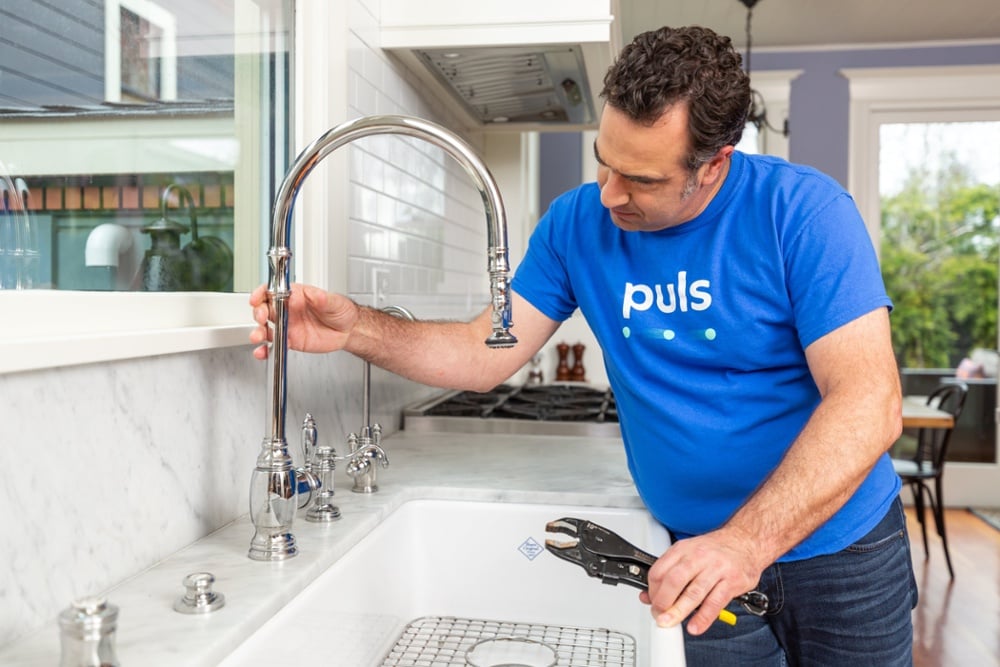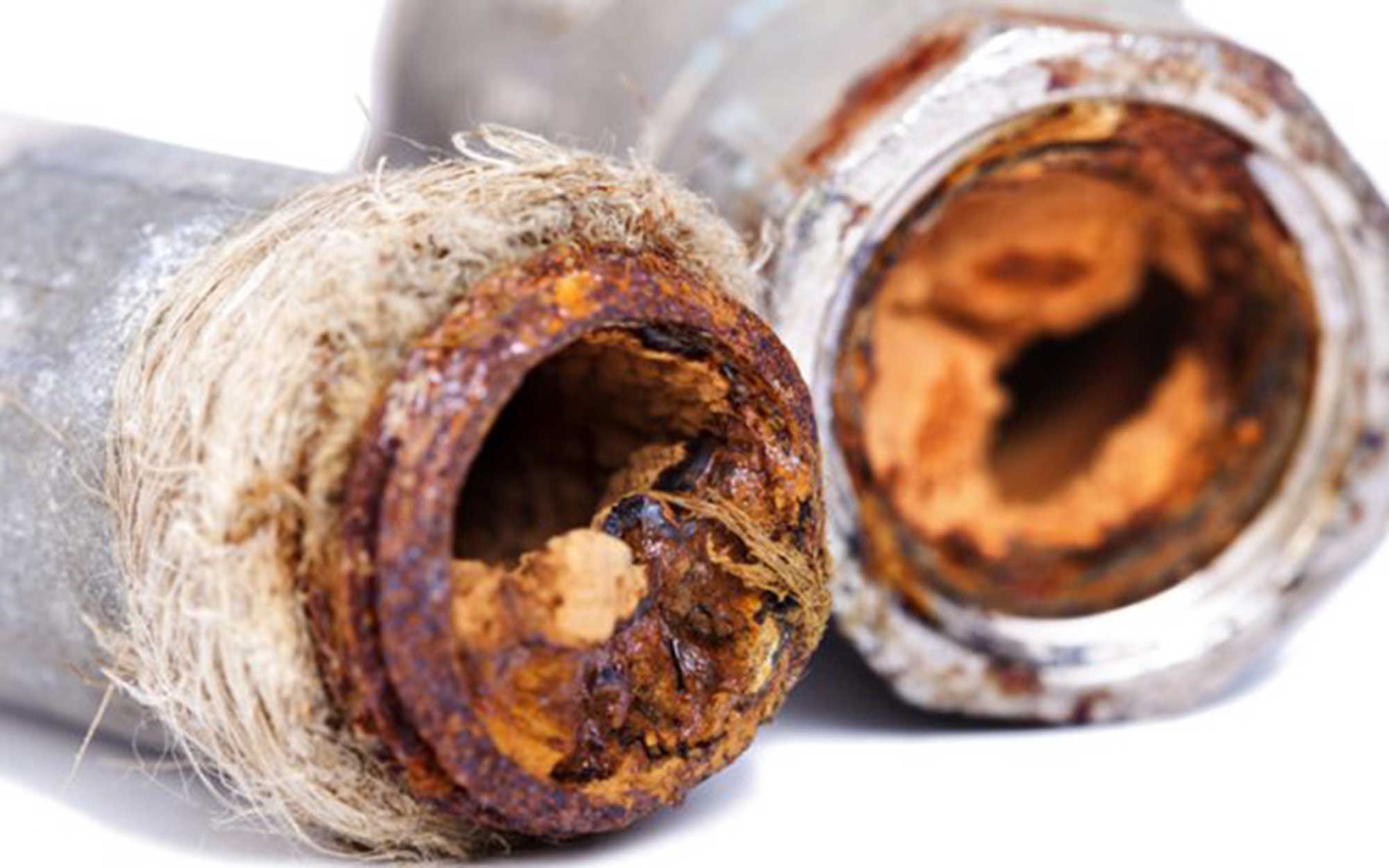Leave it to the: Common Appliance Problems That Require a Plumber's Attention
Leave it to the: Common Appliance Problems That Require a Plumber's Attention
Blog Article
What're your concepts on Diagnose Unwanted Plumbing Noises?

To diagnose loud plumbing, it is important to figure out first whether the undesirable sounds take place on the system's inlet side-in other words, when water is transformed on-or on the drain side. Sounds on the inlet side have differed causes: too much water pressure, used valve and also faucet components, improperly attached pumps or other home appliances, inaccurately put pipeline fasteners, as well as plumbing runs having a lot of limited bends or other constraints. Sounds on the drain side generally stem from bad location or, similar to some inlet side noise, a format including limited bends.
Hissing
Hissing noise that takes place when a faucet is opened a little normally signals excessive water stress. Consult your local public utility if you suspect this issue; it will certainly be able to inform you the water pressure in your location and can mount a pressurereducing valve on the inbound water supply pipe if essential.
Other Inlet Side Noises
Squeaking, squeaking, scraping, breaking, and touching generally are triggered by the development or tightening of pipes, typically copper ones providing warm water. The sounds happen as the pipelines slide versus loosened fasteners or strike close-by home framework. You can often pinpoint the place of the trouble if the pipelines are exposed; just comply with the noise when the pipelines are making sounds. Most likely you will certainly uncover a loose pipe hanger or a location where pipes lie so near floor joists or other mounting pieces that they clatter against them. Attaching foam pipe insulation around the pipes at the point of contact ought to treat the problem. Make sure bands and also hangers are safe as well as offer adequate support. Where possible, pipeline bolts ought to be connected to substantial structural elements such as foundation wall surfaces as opposed to to mounting; doing so lessens the transmission of vibrations from plumbing to surfaces that can magnify as well as move them. If affixing bolts to framing is unavoidable, wrap pipes with insulation or various other durable product where they speak to bolts, and sandwich the ends of new fasteners between rubber washing machines when mounting them.
Remedying plumbing runs that experience flow-restricting limited or countless bends is a last resort that needs to be undertaken only after speaking with a competent plumbing professional. Sadly, this circumstance is relatively typical in older houses that may not have been built with indoor plumbing or that have actually seen numerous remodels, specifically by beginners.
Babbling or Shrieking
Intense chattering or shrieking that happens when a shutoff or tap is switched on, which normally goes away when the installation is opened totally, signals loosened or malfunctioning inner components. The remedy is to change the shutoff or tap with a brand-new one.
Pumps and also devices such as washing devices as well as dishwashing machines can transfer motor noise to pipelines if they are poorly attached. Connect such things to plumbing with plastic or rubber hoses-never inflexible pipe-to isolate them.
Drain Sound
On the drain side of plumbing, the chief goals are to eliminate surfaces that can be struck by dropping or hurrying water and to insulate pipelines to consist of inevitable sounds.
In brand-new building and construction, tubs, shower stalls, toilets, and also wallmounted sinks and also basins should be set on or versus durable underlayments to decrease the transmission of audio via them. Water-saving bathrooms and taps are less noisy than standard models; mount them rather than older types even if codes in your location still allow using older components.
Drainpipes that do not run vertically to the cellar or that branch into straight pipeline runs supported at flooring joists or other mounting existing particularly frustrating noise problems. Such pipelines are large sufficient to radiate substantial vibration; they also bring significant quantities of water, which makes the scenario worse. In brand-new building, specify cast-iron dirt pipes (the big pipes that drain pipes toilets) if you can afford them. Their enormity consists of a lot of the noise made by water going through them. Also, prevent transmitting drainpipes in wall surfaces shared with rooms and areas where people collect. Walls including drains need to be soundproofed as was described previously, using dual panels of sound-insulating fiber board as well as wallboard. Pipelines themselves can be wrapped with unique fiberglass insulation created the function; such pipes have a resistant vinyl skin (in some cases consisting of lead). Outcomes are not always satisfying.
Thudding
Thudding sound, often accompanied by trembling pipelines, when a tap or device valve is shut off is a problem called water hammer. The sound as well as resonance are brought on by the reverberating wave of stress in the water, which instantly has no place to go. Often opening up a valve that discharges water swiftly right into a section of piping including a constraint, arm joint, or tee installation can produce the same condition.
Water hammer can normally be healed by installing fittings called air chambers or shock absorbers in the plumbing to which the issue shutoffs or taps are connected. These gadgets enable the shock wave developed by the halted circulation of water to dissipate in the air they include, which (unlike water) is compressible.
Older plumbing systems may have short upright areas of capped pipeline behind wall surfaces on faucet runs for the exact same function; these can at some point loaded with water, decreasing or ruining their performance. The treatment is to drain pipes the water system completely by shutting off the main supply of water valve as well as opening up all taps. After that open up the primary supply valve as well as shut the taps one by one, beginning with the tap nearest the shutoff and also finishing with the one farthest away.
3 Most Common Reasons for Noisy Water Pipes
Water hammer
When water is running and is then suddenly turned off, the rushing liquid has no place to go and slams against the shut-off valve. The loud, thudding sound that follows is known as a water hammer. Besides being alarming, water hammer can potentially damage joints and connections in the water pipe itself. There are two primary methods of addressing this issue.
Check your air chamber. An air chamber is essentially a vertical pipe located near your faucet, often in the wall cavity that holds the plumbing connected to your sink or tub. The chamber is filled with air that compresses and absorbs the shock of the fast moving water when it suddenly stops. Unfortunately, over time air chambers tend to fill with water and lose their effectiveness. To replenish the air chambers in your house you can do the following. Turn off the water supply to your house at the main supply (or street level). Open your faucets to drain all of the water from your plumbing system. Turn the water back on. The incoming water will flush the air out of the pipes but not out of the vertical air chamber, where the air supply has been restored. Copper pipes
Copper pipes tend to expand as hot water passes through and transfers some of its heat to them. (Copper is both malleable and ductile.) In tight quarters, copper hot-water lines can expand and then noisily rub against your home's hidden structural features — studs, joists, support brackets, etc. — as it contracts.
One possible solution to this problem is to slightly lower the temperature setting on your hot water heater. In all but the most extreme cases, expanding and contracting copper pipes will not spring a leak. Unless you’re remodeling, there's no reason to remove sheetrock and insert foam padding around your copper pipes.
Water pressure that’s too high
If your water pressure is too high, it can also cause noisy water pipes. Worse, high water pressure can damage water-supplied appliances, such as your washing machine and dishwasher.
Most modern homes are equipped with a pressure regulator that's mounted where the water supply enters the house. If your home lacks a regulator, consider having one professionally installed. Finally, remember that most plumbers recommend that water is delivered throughout your home at no lower than 40 and no greater than 80 psi (pounds per square inch).
Whatever the state of your plumbing, one thing is certain — you’re eventually going to encounter repair and replacement issues around your home that require professional help. That’s where American Home Shield can come to your aid.
https://www.ahs.com/home-matters/repair-maintenance/causes-of-noisy-water-pipes/

As a fervent reader on Why is My Home Making Strange Plumbing Noises, I assumed sharing that piece of content was important. Loved our piece? Please share it. Let someone else discover it. We value reading our article about How To Fix Noisy Pipes.
Schedule Now! Report this page